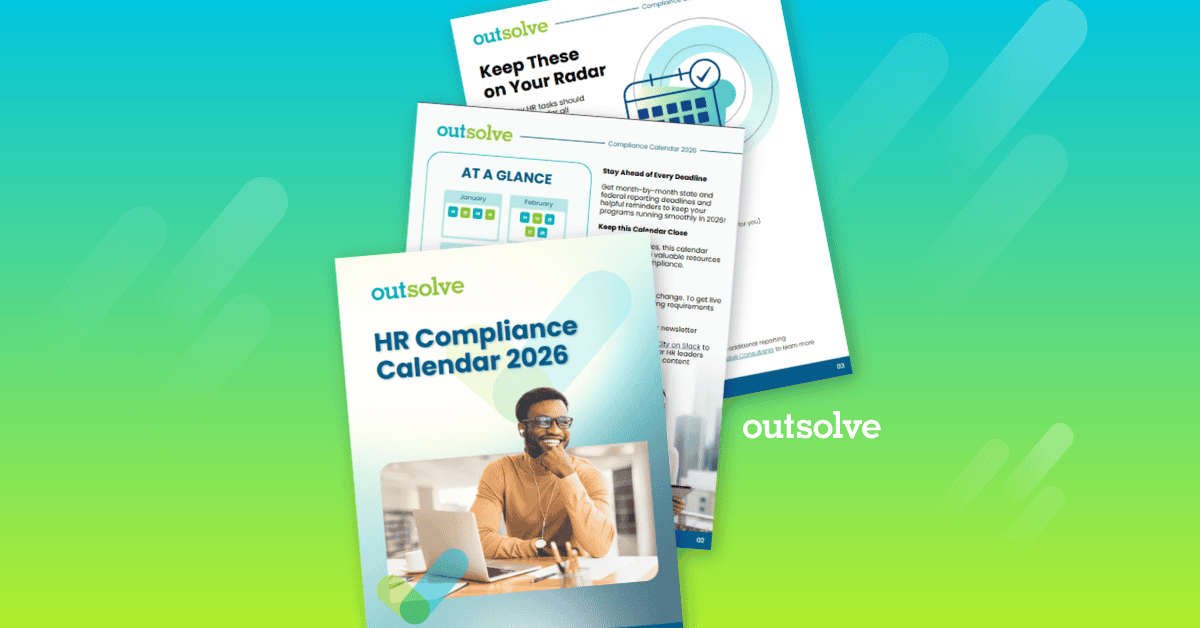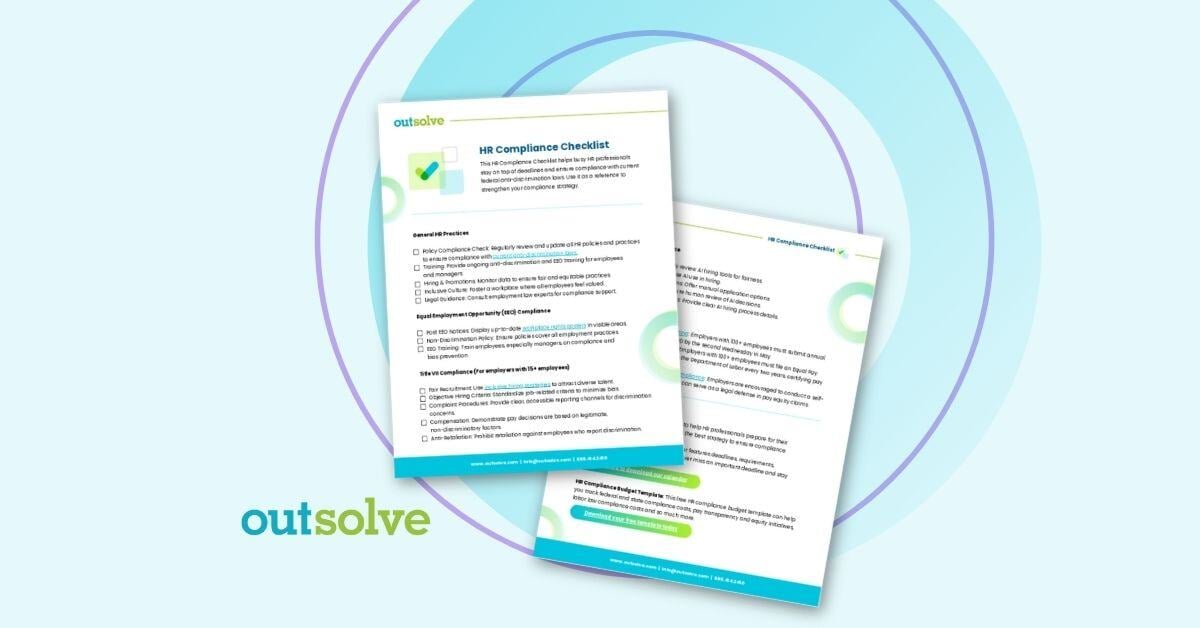3 min read
Do You Know How Pay Transparency Impacts Your Organization? Learn How to Implement It Now
 Debra Milstein Gardner
:
Jun 4, 2024 1:25:00 PM
Debra Milstein Gardner
:
Jun 4, 2024 1:25:00 PM

In recent years, pay transparency has gained traction as a strategy to address pay discrimination and promote a fairer workplace. Advocates argue that making pay information openly accessible can highlight and rectify disparities, particularly gender-based pay gaps. However, while pay transparency can foster trust and improve organizational morale, it also carries potential downsides that organizations need to navigate carefully.
The Benefits of Pay Transparency
Promoting Pay Equity: Pay transparency aims to address systemic pay inequities by making compensation structures visible. By exposing disparities, organizations can take corrective action, ensuring that all employees are compensated fairly for their work. Studies have shown that transparency can narrow the pay gap between different demographic groups, fostering a more equitable workplace.
Enhancing Trust and Morale: When employees understand how their pay is determined, they are more likely to perceive the system as fair. This transparency can build trust in management and improve overall job satisfaction. Employees feel valued and are more likely to stay with the organization, reducing turnover rates.
Attracting Talent: Transparency in pay practices can be a significant draw for job seekers, particularly younger generations who prioritize openness and fairness. Organizations that are upfront about their pay structures can attract a diverse pool of applicants, enhancing their talent pipeline.
Boosting Performance: Knowing how performance impacts pay can motivate employees to work harder and improve their productivity. Clear metrics and transparent reward systems align employees' goals with organizational objectives, driving better performance.
The Drawbacks of Pay Transparency
Demoralization and Conflict: While transparency can highlight inequities, it can also lead to feelings of dissatisfaction among employees who feel underpaid relative to their peers. This can result in demotivation, reduced effort, and increased turnover, particularly among high performers who feel their contributions are undervalued.
Politicking for Pay Increases: Open pay information can lead to increased lobbying for raises and promotions, as employees seek to match or exceed their peers' compensation. This can create a culture of politicking, where employees focus more on negotiating pay than on their actual performance and contributions.
Pay Compression: In response to transparency, managers may flatten pay structures to minimize conflicts, reducing the differentiation based on performance. This can demotivate top performers who feel that their efforts are not adequately rewarded, leading to a potential exodus of high talent to organizations that better recognize and reward performance.
Managerial Burden: Transparency can place a significant burden on managers, who are often tasked with justifying pay differences and addressing employee complaints. This can divert time and resources away from strategic activities, impacting overall organizational efficiency.
Potential for Misunderstanding and Distrust: If not managed properly, transparency initiatives can lead to misunderstandings and mistrust. Employees may misinterpret pay data without the proper context or understanding of the criteria used for compensation decisions, leading to further dissatisfaction and disengagement
Best Practices for Implementing Pay Transparency
To harness the benefits of pay transparency while mitigating its drawbacks, organizations should consider the following strategies:
Clear and Objective Performance Metrics: Ensure that performance evaluations are based on clear, objective, and well-communicated criteria. This reduces the subjectivity in pay decisions and helps employees understand how their compensation is determined. OutSolve also recommends using salary benchmarking. Salary benchmarking is the process of gathering internal compensation data and comparing it to similar jobs in other companies.
Comprehensive Manager Training: Equip managers with the skills and knowledge to effectively communicate pay decisions and handle employee inquiries. This includes understanding the company's compensation policies and being able to articulate the rationale behind pay differences.
Structured Reward Systems: Formalize non-monetary rewards such as career development opportunities and additional benefits. By offering a range of incentives, organizations can address employees' needs and reduce the pressure on salary as the sole motivator.
Regular Reviews and Adjustments: Continuously review and adjust pay practices to ensure they remain fair and competitive. Regular audits can help identify and rectify any emerging disparities before they become significant issues. A pay equity analysis, also called an equal pay audit, is a method of researching pay rates within your organization and assessing any differences in pay relative to age, race, gender, job description and responsibilities, seniority, and a wide range of other criteria. OutSolve recommends this analysis to be done on regular basis.
Transparent Communication Channels: Develop clear communication channels that allow employees to voice their concerns and provide feedback on pay practices. This fosters an open dialogue and helps address any issues promptly and effectively.

Pay transparency can be a powerful tool for promoting fairness and equity within an organization. However, it is not a one-size-fits-all solution and can have unintended consequences if not implemented thoughtfully. By balancing transparency with careful management and clear communication, organizations can create a more equitable and motivated workforce while minimizing potential downsides. You can learn more about pay transparency in OutSolve's recorded webinar, "How to Prepare: The Latest in Pay Transparency Laws" which discusses the best ways to implement these practices at your organization.
Debra Milstein Gardner has worked in the Equal Employment Opportunity (EEO) and Affirmative Action (AA) space for the past 43 years while working in the public and private sectors in various human resources compliance roles. She began her career working for the Equal Employment Opportunity Commission and then went to the Marriott Corporation for nine years working in EEO, Affirmative Action and field human resource roles. In 1990, Debra founded Workplace Dynamics LLC providing EEO, AA, and DEI consulting services to government contractors. In 2016, Debra sold the affirmative action portion of Workplace Dynamics to OutSolve LLC and works part-time as a Market Analyst. Debra is a sports fanatic, routing for the Baltimore Ravens and all Virginia Tech Hokie teams. She loves to hike and boat in her mountain and lake community of Lake Lure, NC.
Weekly OutLook
Featured Posts

New Year, New Deadlines: 2026 HR Compliance Calendar

outRageous HR: Plan Now or Pay Later
Related Posts

OFCCP Continues to Enforce Veterans Affirmative Action Obligations
On January 7, 2026, OFCCP published a routine Notice in The Federal Register informing government contractors and subcontractors that it intends to...

File Smarter, Not Harder: Start the Year with OutSolve
HR faces similar challenges every January, whether it’s a sudden rush of deadlines, new regulations to understand, updating labor law posters, or...

New York City Pay Equity Report: What it Entails
The New York City Council voted to pass an amendment in December 2025 requiring private employers to report pay data annually. This legislation also...
